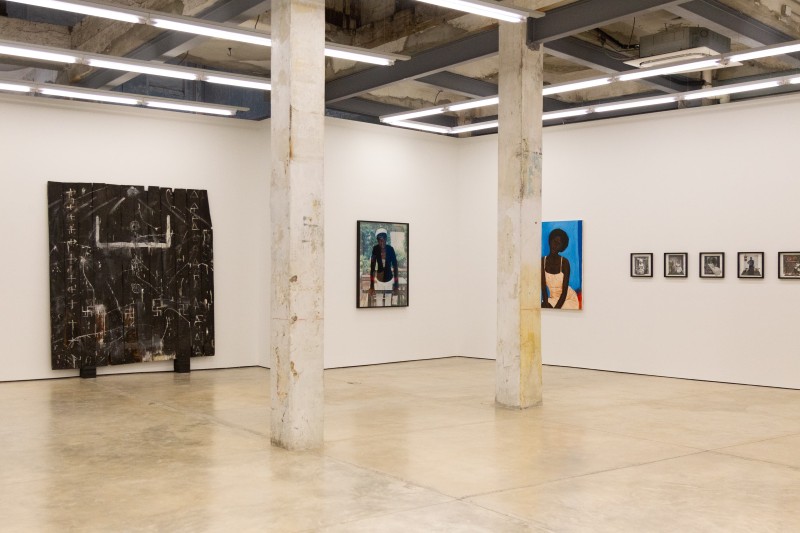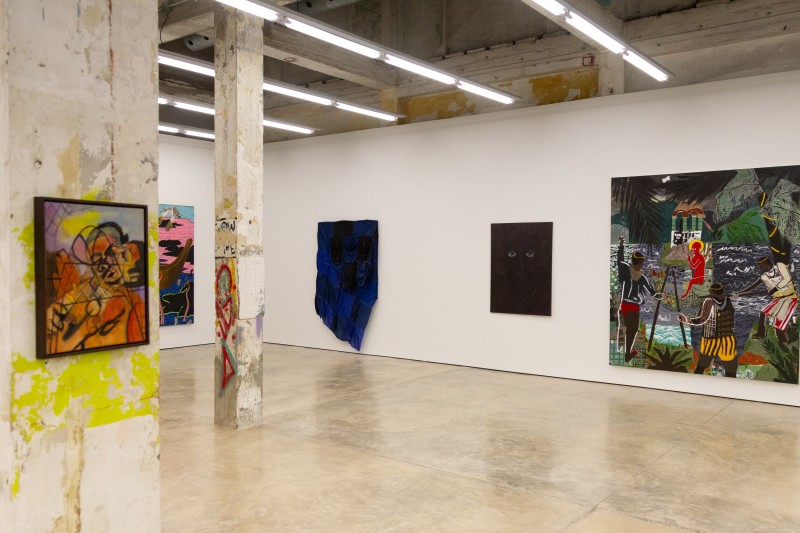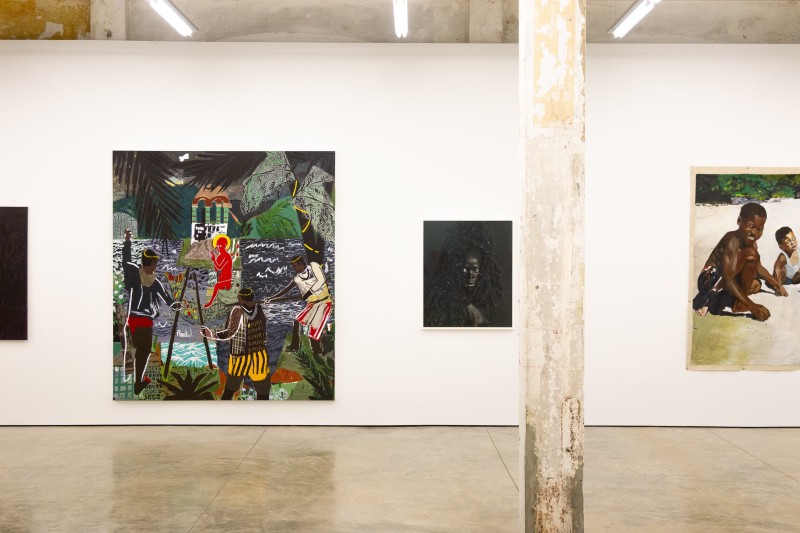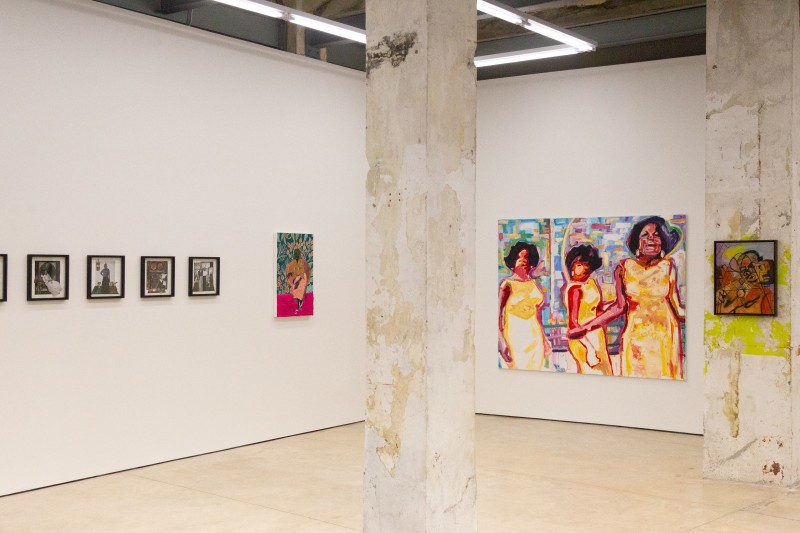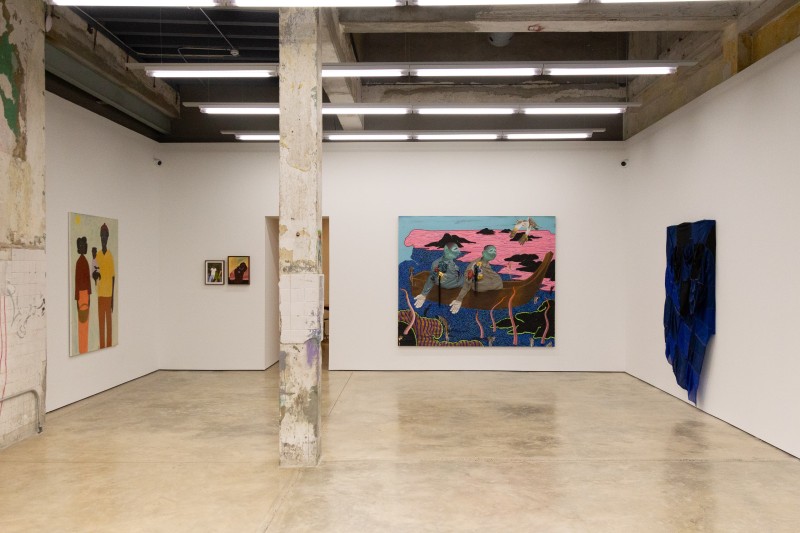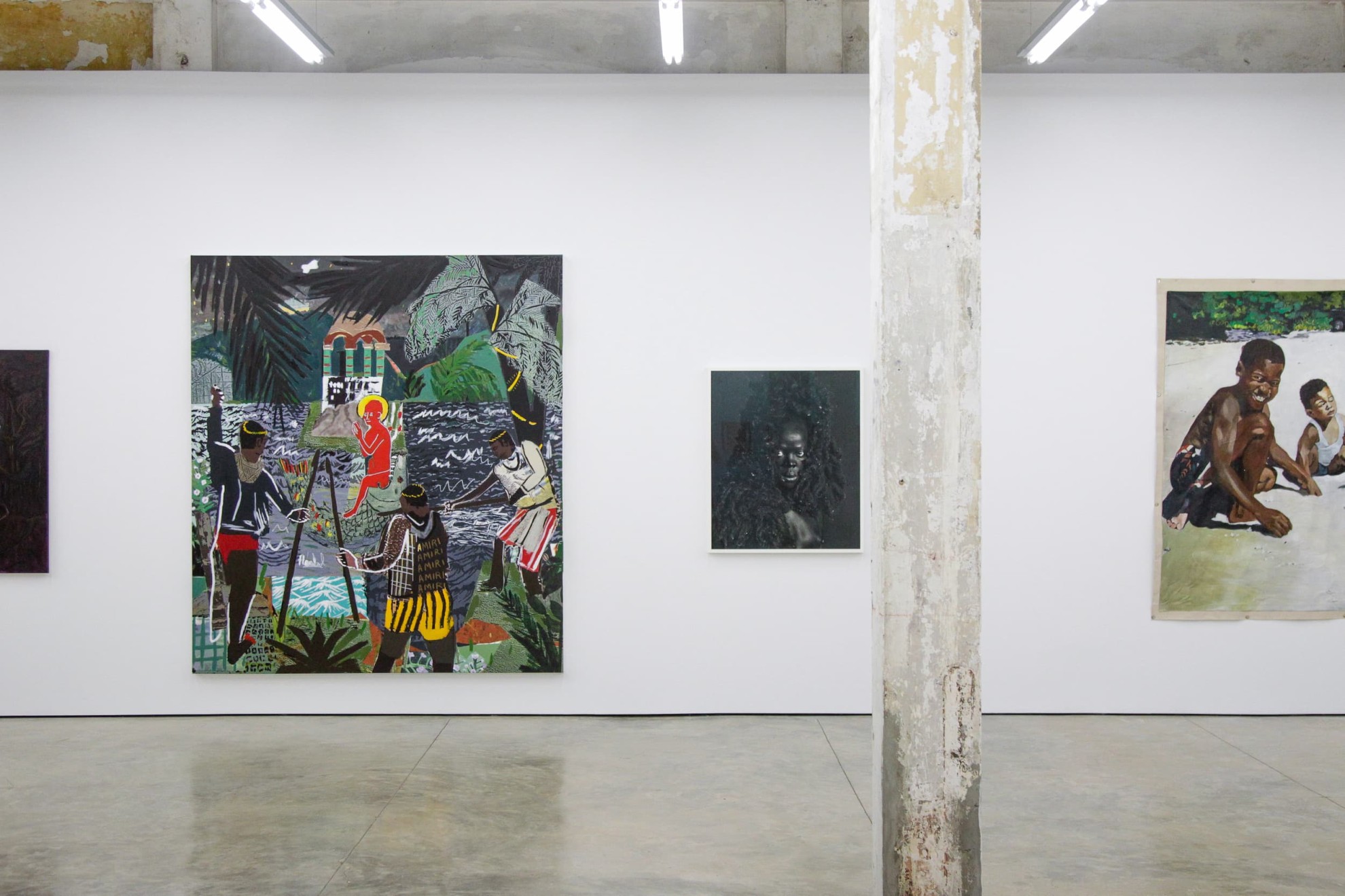

RECUERDOS DEL TERRAPLÉN, PT. 1
December 2, 2023 - March 31, 2024
Recuerdos del Terraplén, Pt. 1 (Memories of the Embankment, Pt. 1), is an exhibition where local and international Afro-descendant artists invite us to reimagine the faces, movements, processes and collective memories that occupy the area where Casa Santa Ana is located. Containing works from The Roux Collection, the exhibition is curated by Ana Laguna.
Participating artists:
Anthony Olubunmi Akinbola (USA, 1991)
Jose Braithwaite (Panama, 1981)
Elliot Jerome Brown Jr (USA, 1993)
Jonathan Lyndon Chase (USA, 1989)
Cydne Jasmin Coleby (Bahamas, 1993)
Giana De Dier (Panama, 1980)
Esiri Erheriene-Essi (United Kingdom, 1982)
Matthew Eguavoen (Nigeria, 1988)
Kareem-Anthony Ferreira (Canada, 1989)
Aaron Fowler (USA, 1988)
Samuel Fosso (Cameroon, 1962)
Zanele Muholi (South Africa, 1972)
Cassi Namoda (Mozambique, 1988)
Simphiwe Ndzube (South Africa, 1990)
Eden Seifu (USA, 1996)
Marcus Leslie Singleton (USA, 1990)
Olivier Souffrant (Haiti, 1994)
—
There are places in the world that are full of history. Mystical places that seem to be portals charged with energy that are usually key sites to understand the context in which we find ourselves. It turns out that this place that an entire generation knows only as the entrance to the “Casco” has a history that takes us back more than 160 years. The Terraplén has been an area of historical events. It was a market and the barrier of the ancient city when the Spanish inhabited these lands. In 1856, the place where the Tajada de Sandía event took place and in the 1940s, a meeting point for people and peddlers.
“La Tajada de Sandía is an incident that is part of the beginning of the conflictive history of this space and of Panama's complicated relationship with the United States,” comments anthropologist Carlos Fitzgerald.
In 1856, according to the official US report written by Amos B. Corwine, special commissioner appointed by the US Government, it was stated that it was the "colored" population that, under the pretext of defending the fruit seller, took advantage of the opportunity to attack American citizens and loot their properties, something for which, according to the same report, they had the complicity of the police and the local population - referring to the old Barrio de la Ciénaga, known as the Mercado de Mariscos.
The investigation of the context where we are now leads us to dialogue. What memories exist of the Terraplén? What has been forgotten? Where do we see it in our collective memory? These questions result in words, concepts and experiences that are repeated globally: conflict, upbringing, market, family outings, movement, wall, displacements, meeting point, collectivity, people, enjoyment.
Now in 2023, in a renovated Terraplén, a question arises: where are the people who inhabited this space?
This exhibition tries not to fall into the palimpsest where only blurred traces remain and to recognize the past. Through works by national and international Afro-descendant artists, this exhibition attempts to reimagine the faces, movements, processes and collective memories that occupy the area where we are located.
The exhibition tour welcomes us with pieces by Aaron Fowler and Elliot Jerome Brown Jr. where they place us in a space of community and nostalgia. Fowler dialogues with Jose Braithwaite on the use of found objects. While Souffrant, Ndzube, Seifu, Braithwaite and Brown highlight through their works the different spiritualities and human movements that can make up the community.
Throughout the exhibition there is the work of Anthony Olubunmi Akinbola, who through the use of textiles, works with gender and everyday objects. That is the case of the work presented, a large-scale durag, an object whose reality is a dichotomy between care and restriction.
On the other hand, there are the pieces by Muholi, De Dier, Fosso, Coleby, Namoda, Eguavoen, Erheriene-Essi, Singleton and Ferreira that show memories, archives, portraits and self-portraits of: pause, introspection and leisure.
Memorias del Terraplén, pt. 1 is considered the first part of a search for understanding of the territory, recognizing that we are located in the middle of legendary sites and streets of the Panamanian imagination.
Ana Laguna, Curator
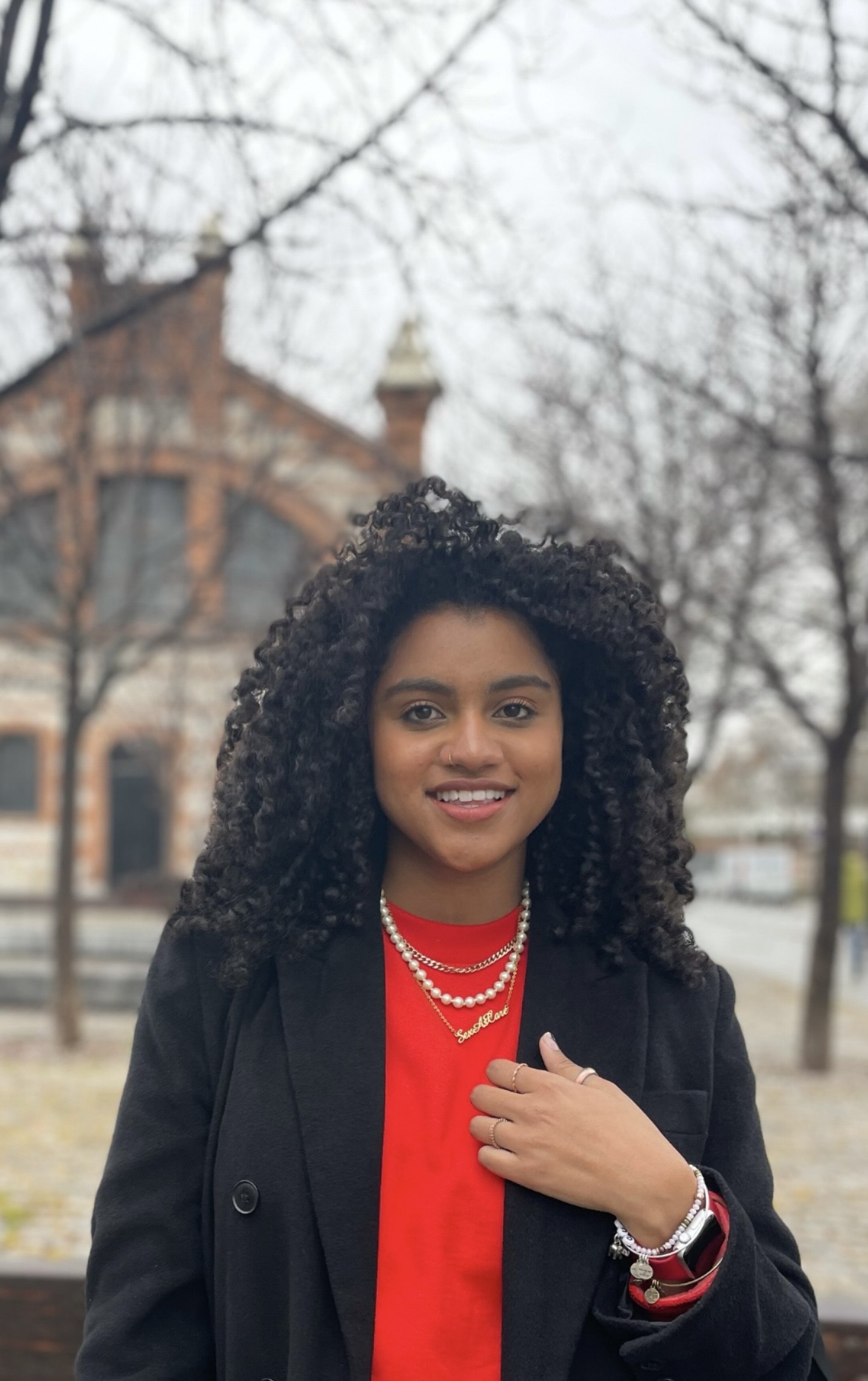
ABOUT THE CURATOR
Ana Laguna (Panama, 1999) is a Panamanian cultural programmer and independent curator. She has worked in cultural festivals, and in the curatorial and production team of various exhibitions in Portugal during her career. She worked as a research assistant for the exhibition “Tudo o que eu quero” at the Calouste Gulbenkian Museum in Lisbon, as a curatorial assistant at Kunsthalle Lissabon and in the Public Programs team at the Museo Nacional Centro de Arte Reina Sofía. She was recently curator of special projects at MAC Panama, where she curated the exhibition "Care, Heal, Remember, Resist.” As an independent curator, she held the exhibition “Entering Matter: An Exhibition of Sculptures" and is a founding member of the Unión Feminista Contra el Sistema (UNFES). She is currently head of performing and exhibition spaces at the Ministry of Culture.
